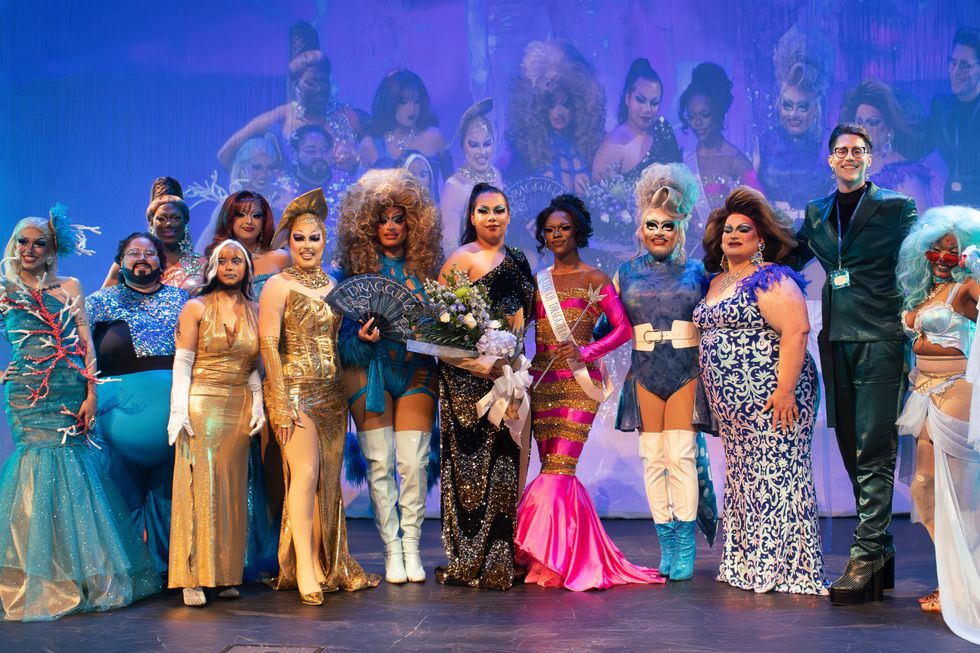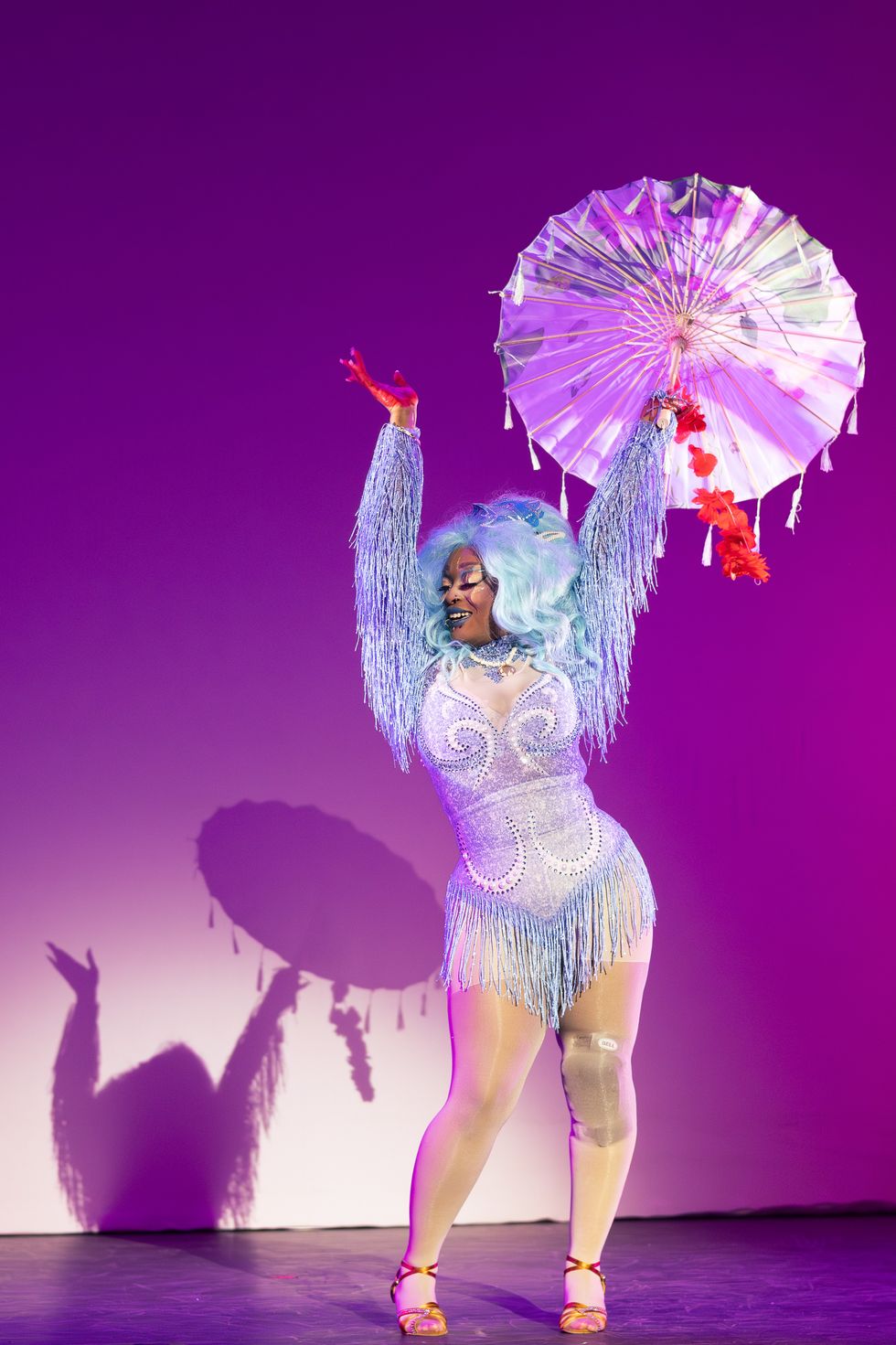It’s no secret: Rikers Island is one of the worst jails in America. Mother Jones says it “has it all: inmate violence, staff brutality, rape, abuse of adolescents and the mentally ill, and one of the nation’s highest rates of solitary confinement.” Though its appalling reputation is well-known throughout New York, the world was introduced to its horrors through a critically-acclaimed documentary on Kalief Browder, a former Bronx high schooler who took his own life in 2015 after being imprisoned, beaten, and tortured at the jail for three years without ever being convicted — or even tried — for a crime.
Browder’s heartbreaking story is tragic, but it’s sadly not unusual. It also doesn’t have to be replicated if we begin to reimagine how we treat children in the system. New York is only one of two states in the U.S. that allows youths ages 16-17 to be prosecuted and incarcerated as adults, despite research that suggests that before the age of 20 the decision-making section of the brain is not fully developed and that people under 18 are more amenable to treatment than adults.
Moreover, being incarcerated leaves many young people scarred for life. “Jail can kill the spirit of many young people. It could be argued that it’s designed to do that,” says Messiah Ramkissoon, director of programming for the Youth Reentry Network at Friends of Island Academy, a group that supports young New Yorkers in the justice system.
[quote position="left" is_quote="true"]Approximately 70,000 young people are held in residential placement facilities across America.[/quote]
Approximately 70,000 young people are held in residential placement facilities across America, and the school-to-prison pipeline is steadily pumping, disproportionately affecting black and brown youth. While most people agree there’s a need for criminal justice reform, changing the system, even for young people, remains challenging. Many look to lawmakers for solutions, but bipartisan efforts — like the bill introduced by Sen. Chuck Grassley (R-Iowa) and Sen. Dick Durbin (D-Illinois) this past October — have seemingly stalled. Instead of waiting for politicians to get their act together, FOIA uses a different approach to directly affect change by employing passionate advocates, including formerly incarcerated men and women, to do the work to improve the lives of young people in Rikers Island through mentorship, education, and creative outlets.
“Nothing is more inspirational than watching a young life transition from mental death to life, from darkness to the light,” says Ramkissoon, a poet, emcee, and Howard University graduate. “I started working with incarcerated youth 10 years ago after a good friend, who I consider to be an older brother, was released from doing 11 years.”
While many jail-based rehabilitation programs often include people whose backgrounds are vastly different from its participants, FOIA partners with grassroots organizations that utilize what is commonly referred to as a “credible messenger” approach to reform. These workers typically have some experience with the criminal justice system, come from similar communities as participants, have strong leadership skills, and possess a passion and skill for empowering young people. FOIA’s credible messengers, like Ramkissoon, work directly with the youth in programs as their mentors, court advocates, and/or classroom facilitators. For Ramkissoon, who began working with young people as a poetry teacher at the Duke Ellington School of the Arts in Washington, D.C., working with incarcerated youth helps him fulfill his life’s purpose.
“I've always wanted to impact the lives of young people who were overlooked and underprivileged, so behind these bars, I found my calling. I began working with youth at Rikers after meeting with Dr. Alfonzo Wyatt, who is a legendary philanthropist and inspirational figure in New York City. He referred me to Friends of Island Academy, and it's been history ever since,” Ramkissoon explains. “We've impacted countless young lives on this journey as they've mutually impacted ours.”
FOIA began in 1990 as a “collaboration between education and social service staff on Rikers and community-based advocates who sought to address the recidivism rates, untapped potential and disproportionate confinement of youth of color who attend school on Rikers Island every year.” These days, FOIA attempts to serve the 600 young people currently housed at the facility and provide support to those who return to their communities. In August 2016, New York City invested in an initiative aimed to provide support for youth leaving Rikers Island, and as part of that initiative, FOIA received a pilot demonstration contract from the Department of Correction to provide re-entry work. With these funds, FOIA collaborated with several grassroots organizations, including G-MACC (Gangstas Making Astronomical Community Changes Inc.), which conducts conflict mediation, and Giant Thinking, which uses physical fitness to promote transformative thinking. Along with FOIA, these groups provide both jail and community based nontraditional educational services to incarcerated youth.
[quote position="full" is_quote="true"]It’s important for the youth in the program to get the support they need from qualified individuals that know exactly what struggles they are facing.[/quote]
“It’s important for the youth in the program to get the support they need from qualified individuals that know exactly what struggles they are facing while they are incarcerated and when they are released,” says Ramkissoon. “I am, like many of us, very familiar with the heartbreaking story of Kalief Browder. He was incarcerated in Rikers before I started working here, but his story, and the story of every Kalief, is important to me.”
As lawmakers debate how to make the justice system more equitable, data suggests the credible messenger approach to juvenile justice lowers recidivism rates, keeping more young people out of confinement and on more positive paths. This is critical. Yet it is also worth noting that true juvenile justice reform involves more than lowering re-incarceration rates. It also includes examining policies around prosecution ages, thinking beyond traditional models when considering who should lead advocacy programs, and unpacking what exactly goes on inside the U.S. jails and prisons.
Radically reimagining the justice system is not an easy task, but we owe it to the living Kalief Browders whose souls were destroyed in a cell and the young people at risk of being irrevocably harmed by current policies that are sometimes more fatal than anything they face in the ‘hood.
















 Let us all bow before Gary, the Internet's most adventurous feline. Photo credit: James Eastham
Let us all bow before Gary, the Internet's most adventurous feline. Photo credit: James Eastham Gary the Cat enjoys some paddling. Photo credit: James Eastham
Gary the Cat enjoys some paddling. Photo credit: James Eastham James and Gary chat with Ryan Reed and Tony Photo credit: Ryan Reed
James and Gary chat with Ryan Reed and Tony Photo credit: Ryan Reed

 Rock deterioration has damaged some of the inscriptions, but they remain visible. Renan Rodrigues Chandu and Pedro Arcanjo José Feitosa, and the Casa Grande boys
Rock deterioration has damaged some of the inscriptions, but they remain visible. Renan Rodrigues Chandu and Pedro Arcanjo José Feitosa, and the Casa Grande boys The Serrote do Letreiro site continues to provide rich insights into ancient life.
The Serrote do Letreiro site continues to provide rich insights into ancient life.

 The contestants and hosts of Draggieland 2025Faith Cooper
The contestants and hosts of Draggieland 2025Faith Cooper Dulce Gabbana performs at Draggieland 2025.Faith Cooper
Dulce Gabbana performs at Draggieland 2025.Faith Cooper Melaka Mystika, guest host of Texas A&M's Draggieland, entertains the crowd
Faith Cooper
Melaka Mystika, guest host of Texas A&M's Draggieland, entertains the crowd
Faith Cooper


